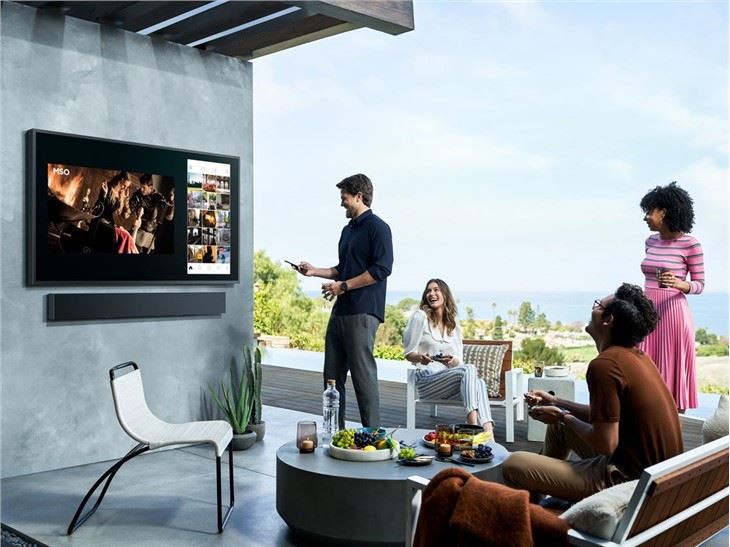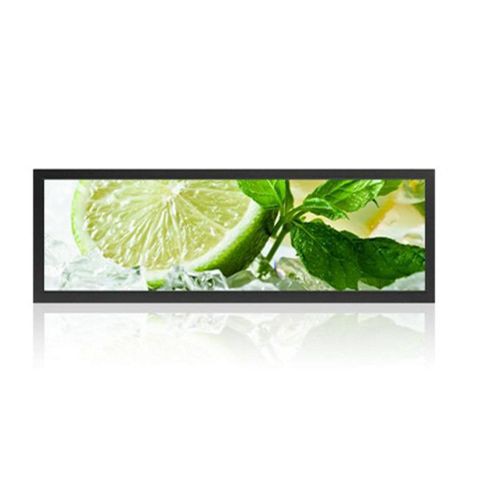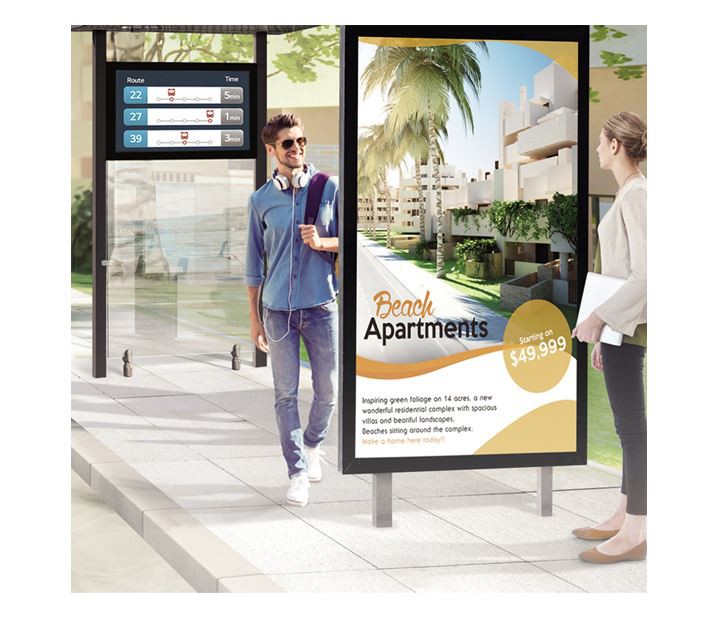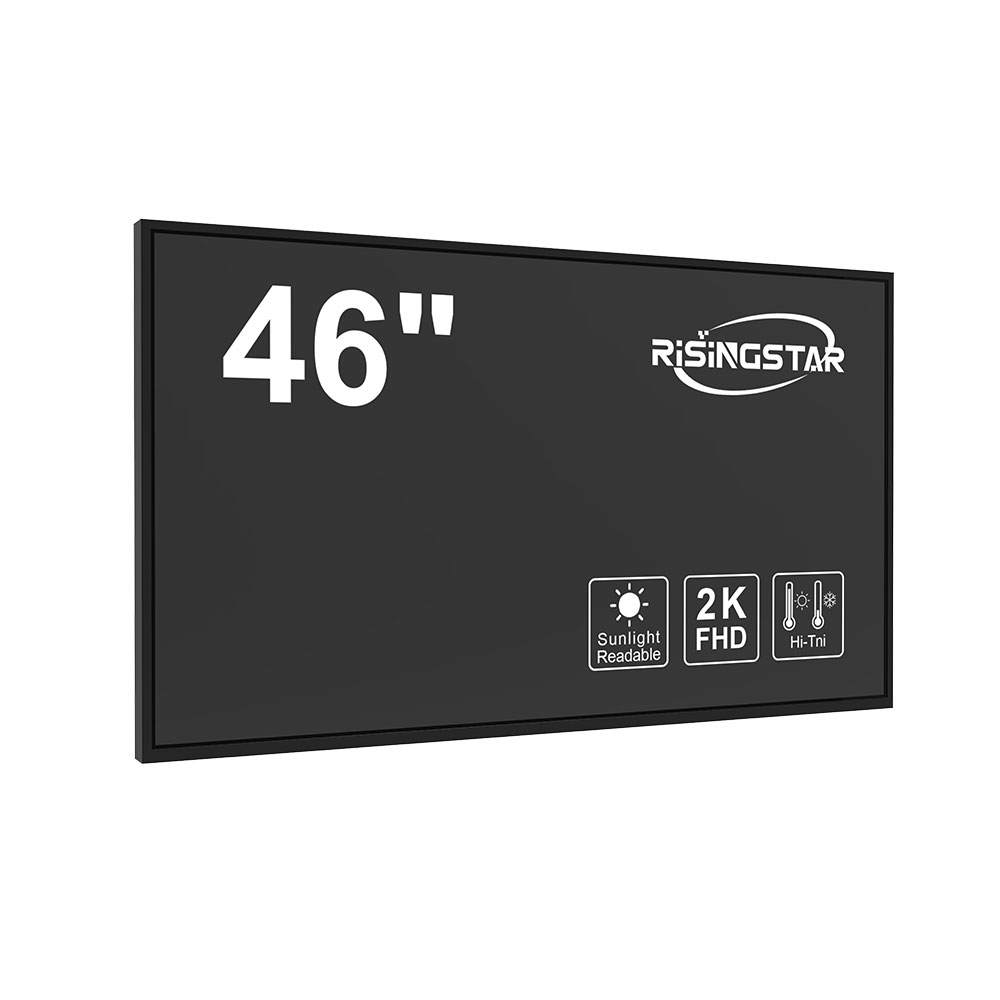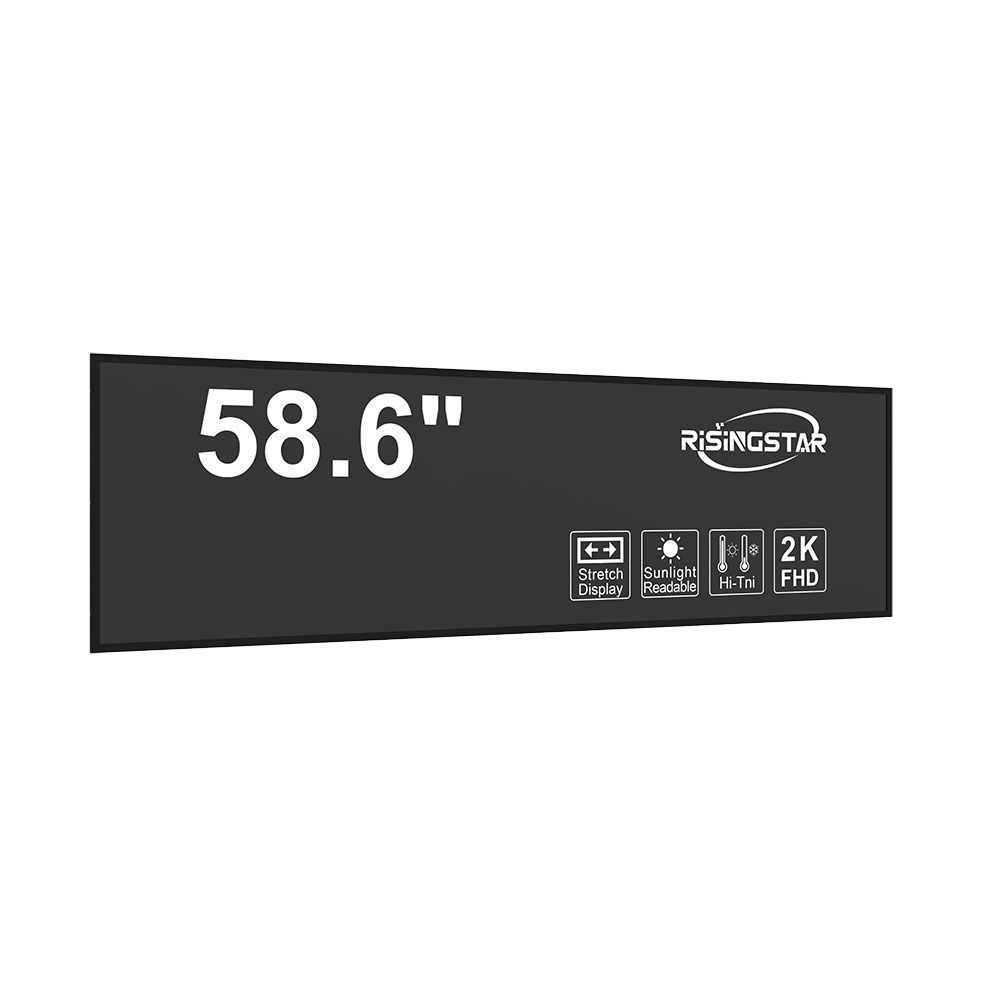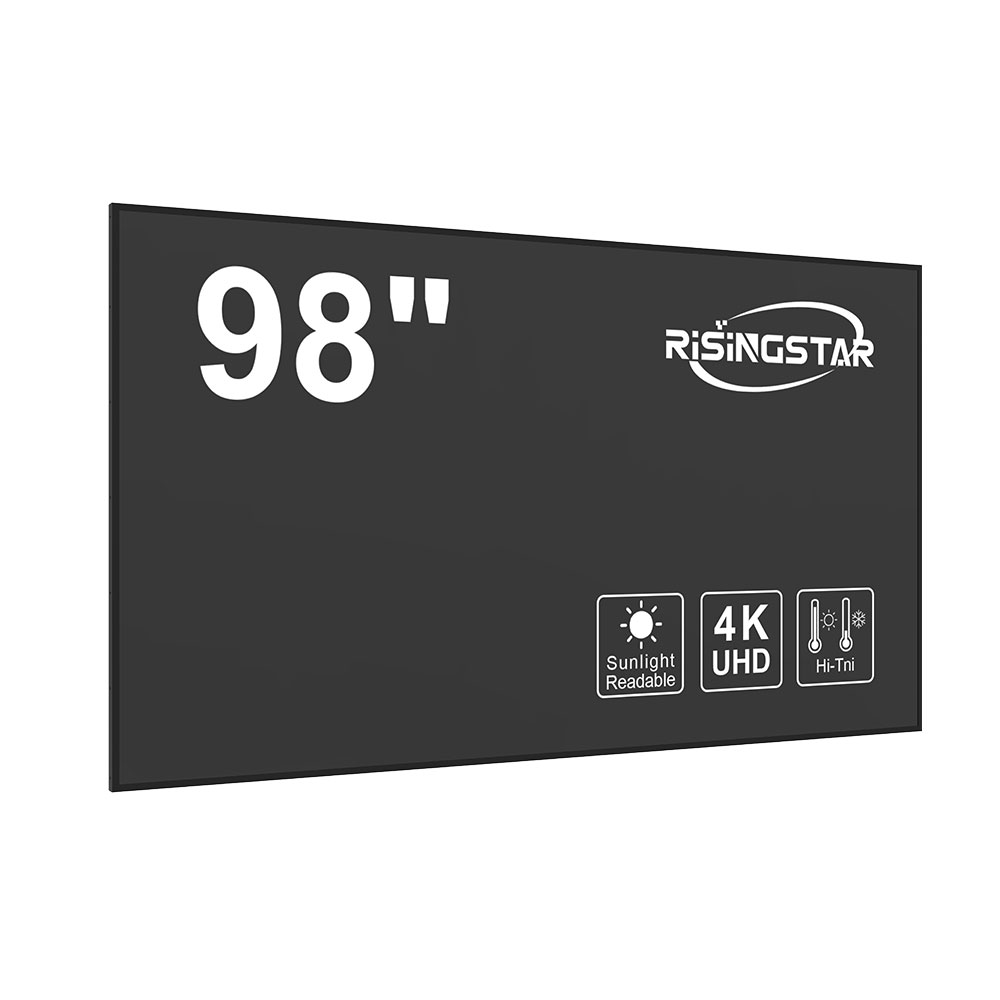High-brightness sunlight-readable LCD screens are essential components for industrial equipment used in outdoor or high-ambient-light environments, such as construction machinery, agricultural vehicles, military systems, and automated manufacturing lines. These displays must maintain visibility under direct sunlight—often exceeding 100,000 lux—and operate reliably across extreme temperatures, vibration, and dust exposure.
The core technology behind these screens lies in advanced backlighting, reflective polarizers, and anti-glare coatings. For example, a 1000-nit display using a high-efficiency LED backlight with a transflective liquid crystal layer can achieve readability even at 120,000 lux—a level commonly found in equatorial regions during midday. According to ISO 9241-3, visual clarity in outdoor conditions demands contrast ratios of at least 5:1 under full sun, which modern high-brightness LCDs consistently exceed by achieving 10:1 or more.
Case studies from leading manufacturers like Eizo, LG Display, and Novatek demonstrate that integrating ruggedized glass (with Gorilla Glass or similar materials) and sealed enclosures (IP67 rating) significantly improves durability in field applications. One real-world example is the deployment of 1500-nit LCDs in unmanned ground vehicles (UGVs) used by U.S. Army contractors—these screens remained fully functional after 1,200 hours of continuous exposure to desert conditions, including sandstorms and temperature swings from -20°C to +60°C.
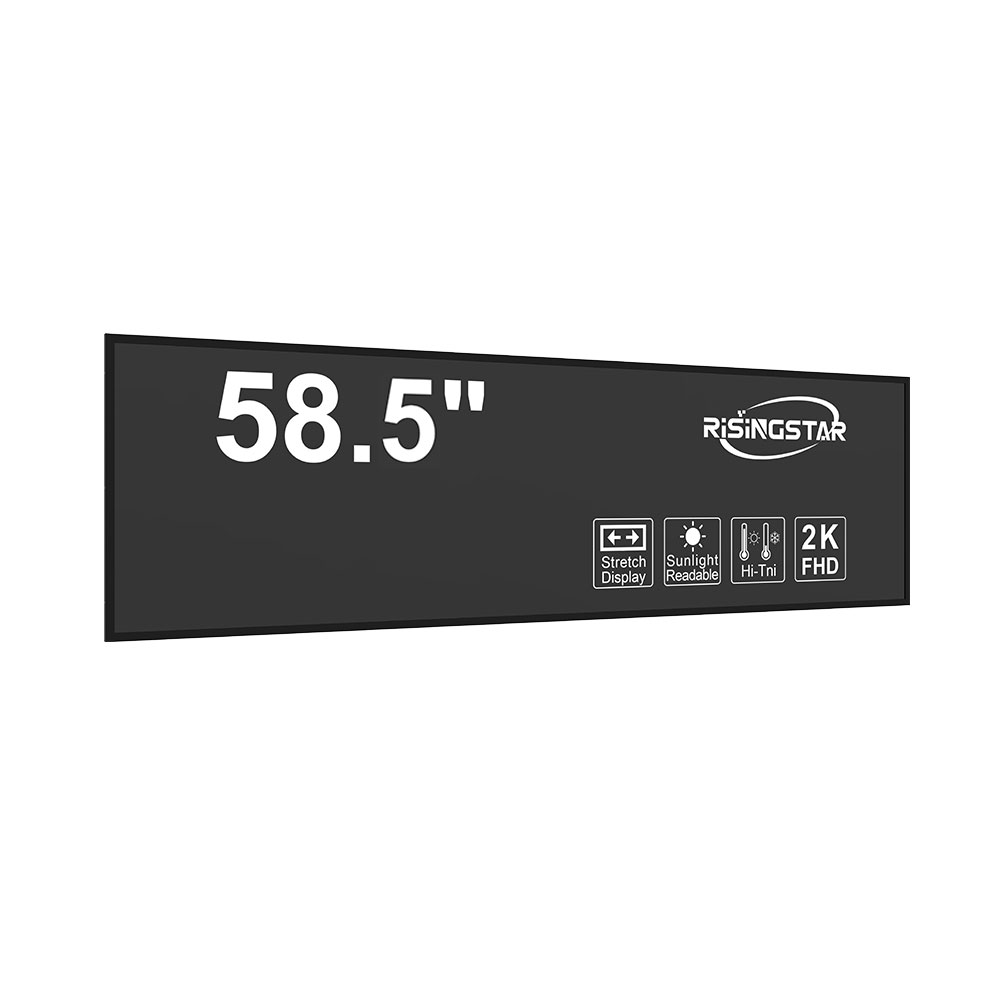
For overseas equipment manufacturers and distributors, choosing the right screen involves understanding key specifications: brightness (measured in nits), viewing angle (typically ≥170°), operating temperature range, and compliance with MIL-STD-810G for shock and vibration resistance. Additionally, embedded touch technologies such as capacitive or infrared (IR) touch layers must be compatible with gloved operation—critical for safety-critical environments.
With increasing demand for smart industrial IoT devices, high-brightness LCDs are evolving beyond passive displays to include smart features like automatic brightness adjustment via ambient light sensors and power-saving modes that reduce energy consumption by up to 30%. This makes them ideal for battery-powered mobile equipment, such as drones and portable diagnostic tools.
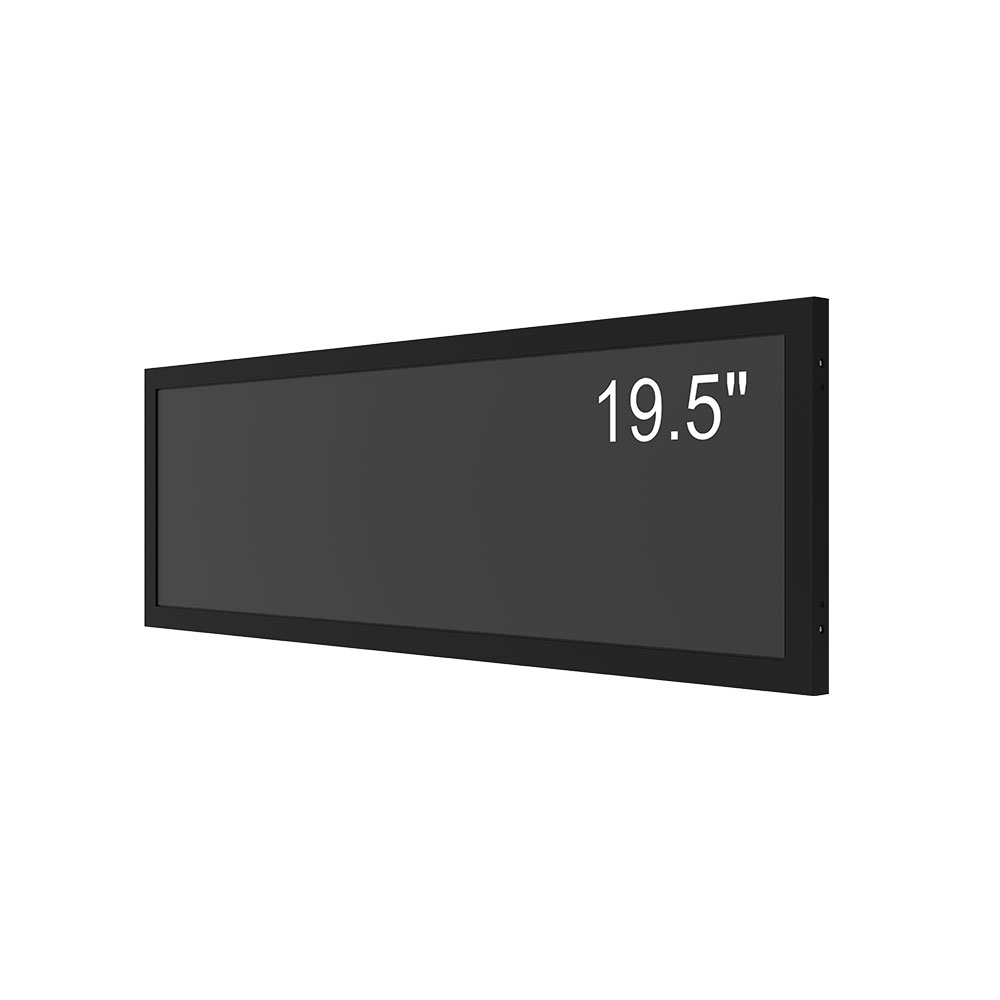
By partnering with certified suppliers who provide full lifecycle support—including prototyping, testing, and certification (CE, RoHS, FCC)—overseas manufacturers can ensure their products meet global standards while delivering optimal performance in demanding applications.






